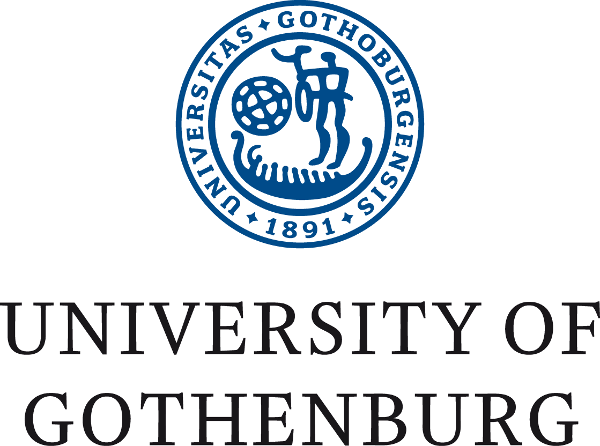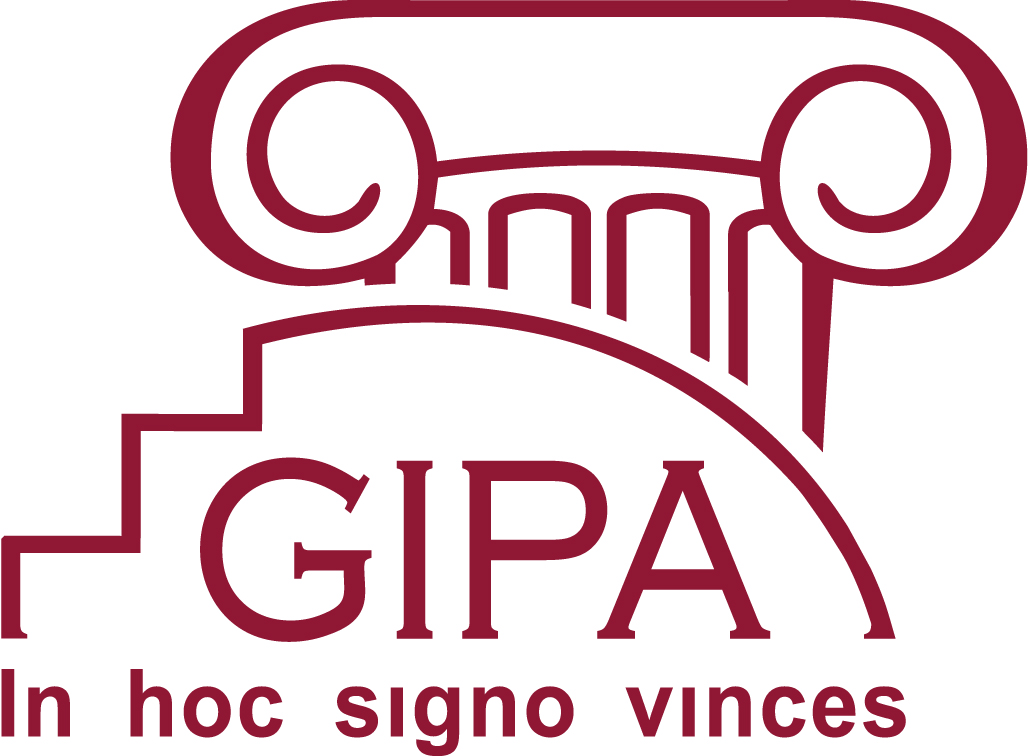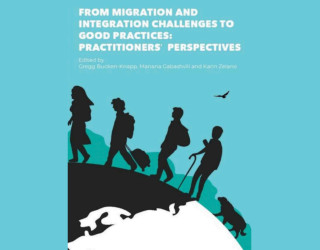From Migration and Integration Challenges to Good Practices: Practitioners’ Perspectives
edited by Gregg Bucken-Knapp, Manana Gabashvili and Karin Zelano
This toolkit provides a practitioner’s perspective on some of the key challenges currently facing certain Eastern Partnership and Baltic Sea Region states when it comes to migration and integration. The focus is emphatically on the practical. While debates regarding overarching policies and societal attitudes are indeed important, each of the chapters in this toolkit is primarily concerned with identifying a concrete challenge that public sector or civil society actors face when working with migrant communities highlighting how it might be realistically addressed so as to bring about a more positive result, both for that given case, but also for practitioners who face potentially similar challenges in other geographical settings.
These chapters have their origin in the Swedish Institute’s 2018 Summer Academy for Young Professionals (SAYP) module held in Tbilisi, Georgia with the theme Migration and Integration in the Eastern Partnership and the Baltic Sea Region: Policy and Administrative Challenges for the Development of Inclusive Societies. Each year, the SAYP program allows for young professionals for EaP countries and the Baltic Sea Region (including Sweden) to gather for two weeks and undergo intensive training in a theme closely-related to their professional sphere of interest. As the follow-up project to this module, select participants have continued work on themes and cases of interest and produced these chapters, with an eye towards ensuring that their insights can be shared with the broadest possible community of practitioners working within the field of migration and integration across Europe.
Table of Contents:
Chapter One:
Gregg Bucken-Knapp (University of Gothenburg, Sweden)
Manana Gabashvili (Georgian Institute of Public Affairs)
Karin Zelano (University of Gothenburg, Sweden)
Chapter Two:
Inna Semenenko (Volodymyr Dahl East Ukrainian National University)
Ganna Borova (Volodymyr Dahl East Ukrainian National University)
Ruslan Halhash (Volodymyr Dahl East Ukrainian National University)
Chapter Three:
Features And Good Practices Of Internal Migration Policy: The Case Of Ukraine
Olga Matveieva (Dnipropetrovsk Regional Institute for Public Administration of the National Academy for Public Administration under the President of Ukraine)
Olga Ivanova (NGO ‘Stabilization Support Services’, Ukraine)
Valeria Vershynina (NGO ‘Stabilization Support Services’, Ukraine)
Chapter Four:
Restorative Justice As A Tool For IDPs And Refugees’ Social Adaptation
Mariia Levchenko (Youth for Global Progress, Ukraine)
Chapter Five:
Housing Solution For IDPs In Ukraine: Shifting From The Central To Local Level
Oleksandra Ferlikovska (International Committee of the Red Cross, Ukraine)
Chapter Six:
Subsidiary Protection: Temporary Shelter Or A Chance To Settle In?
Ginta Makaveckaite (Supreme Administrative Court of Lithuania)
Chapter Seven:
Keit Spiegel (Estonian Ministry of Interior)
Chapter Eight:
Building Ties Between The State And Georgian Diaspora – Effective Communication Techniques
Ketevan Gorgoshidze (International Center for Migration Policy Development, Georgia)
Chapter Nine:
Diaspora Politics In Eastern Partnership Countries: Challenges And Possible Solutions
Dziyana Katselkina (University of Gothenburg, Sweden)
Chapter Ten:
Welcome Information For High Skilled Labor Immigrants In Sweden
Lena Bychkovska





